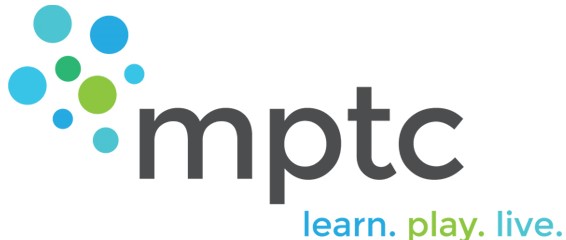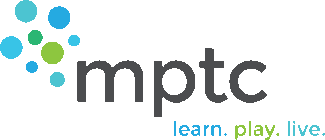
Articulation Disorders
Clearer Speech, Confident Voices
Evidence-Based Therapy for Speech Sound Disorders
Is your child challenging to understand when they speak? Are certain sounds missing, distorted, or out of order? They may be experiencing a speech sound disorder—and the good news is, early and specialized therapy can make a world of difference.
At MPTC, we offer individualized, evidence-based speech therapy to help children speak more clearly, confidently, and effectively.
🗣️ What is a Speech Sound Disorder?
Speech sound disorders occur when a child has difficulty producing sounds correctly or in the right place in words. These challenges can make it hard for others to understand them—and for them to fully express themselves.
There are three common types:
- Articulation Disorder: Difficulty physically producing specific speech sounds (e.g., saying “wabbit” instead of “rabbit”). This may involve substitutions, distortions, or omissions.
- Phonological Disorder: A pattern of sound errors that affects how a child organizes speech sounds in the brain (e.g., consistently saying “tat” for “cat” or “pane” for “plane”).
- Childhood Apraxia of Speech (CAS): A motor planning disorder where the brain struggles to send the correct messages to the muscles of the mouth. Children with CAS may have inconsistent sound errors, difficulty imitating speech, and challenges with prosody (intonation and rhythm).
📚 Evidence-Based Approaches We Use:
✨ PROMPT (Prompts for Restructuring Oral Muscular Phonetic Targets)
This tactile-kinesthetic approach uses gentle touch cues to guide the jaw, lips, and tongue into the correct position for speech. PROMPT is especially effective for motor-based speech difficulties like apraxia and severe articulation disorders.
🧩 Dynamic Temporal and Tactile Cueing (DTTC)
A highly effective approach for children with Childhood Apraxia of Speech. DTTC uses repeated practice, visual and tactile cues, and gradual fading of support to improve speech motor planning and accuracy.
🗂️ Cycles Approach
Designed for children with phonological disorders, this method targets sound error patterns in a specific sequence, rotating through them to build up correct sound use over time.
🔤 Minimal Pairs Therapy
Uses pairs of words that differ by just one sound (e.g., “tea” vs. “key”) to teach children how changing a sound can change a word’s meaning—building awareness and accuracy.
🎯 Play-Based and Functional Practice
We embed sound targets into fun, meaningful activities so children are motivated and engaged—because learning happens best when it’s joyful.
🌟 Why Our Therapy Works
We don’t use a “one-size-fits-all” approach. Therapy is always personalized based on your child’s diagnosis, age, and unique needs. Whether your child is just beginning to talk or refining specific sounds, we’ll meet them where they are and guide them forward with compassion and expertise.
Ready to get started? Let’s help your child find their voice. Contact us today to learn more or schedule an initial evaluation with one of MPTC’s speech-language pathologists!
